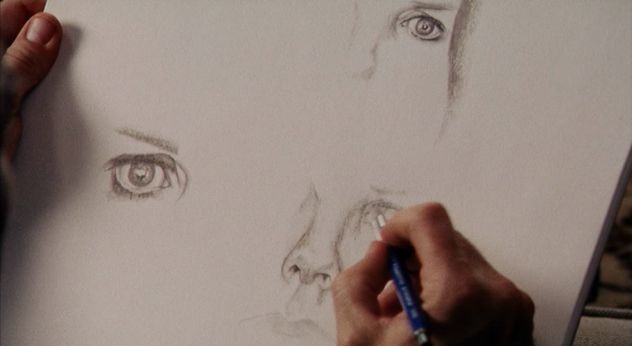
Scripted with a fierce intelligence by author William Goldman and directed with an equal amount of astuteness by British born filmmaker Bryan Forbes, 1975’s The Stepford Wives is one of the most chilling and important horror films of the seventies and one of the best.
 The film started out as an acclaimed and popular novel by Rosemary’s Baby author Ira Levin. Levin’s original story was a much more ambiguous work than the film version it spawned but the two share the same austere chilliness and sharp satirical mindset, making them a remarkably unique pair in the history of novel to film adaptations.
The film started out as an acclaimed and popular novel by Rosemary’s Baby author Ira Levin. Levin’s original story was a much more ambiguous work than the film version it spawned but the two share the same austere chilliness and sharp satirical mindset, making them a remarkably unique pair in the history of novel to film adaptations. Director Forbes was born in Stratford in the summer of 1926 and he actually broke into film not as a writer and director but as an actor in the 1949 Powell-Pressburger film The Small Back Room. After working throughout the fifties as a performer and sometimes screenwriter, Forbes made his directorial debut with the fantastic BAFTA nomintated Whistle Down The Wind, which gave young Hayley Mills one of her finest roles.
After his successful first venture as a filmmaker, Forbes continued to show himself as one of the most promising young British filmmakers of the sixties with films like The L-Shaped Room (1962) and Séance On A Wet Afternoon (1964). After being removed as director on the controversial Kim Novak version of Of Human Bondage in 1964, Forbes made the Oscar nominated King Rat which would signal Hollywood of his considerable talents behind the camera, as would his work with up and coming British actor Michael Caine in Deadfall (1968).

Forbes would continue writing, directing and sometimes acting throughout the sixties but his career began to slow down after 1971’s The Raging Moon as he settled down with his wife, and sometimes star, Nanette Newman. Five years would pass after The Raging Moon before Forbes would step behind the camera again, this time on an American finance production set and filmed in Connecticut.
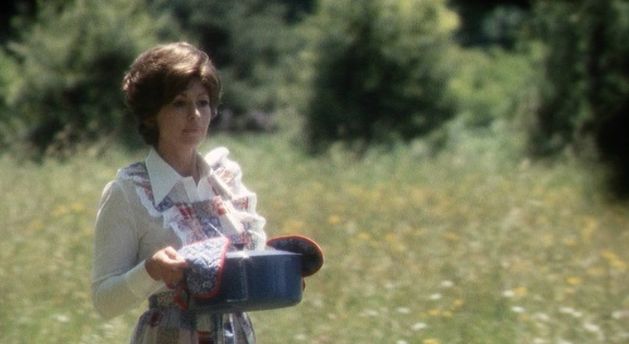
Shot mostly in and around both Darien and Fairfield Connecticut with some location work in New York City, Forbes The Stepford Wives is a stylistic triumph filled with telling POV shots, incredible production design, smart performances and a haunting score courtesy of the great and underrated Michael Small. Forbes directs the film with a real sincerity and sympathy towards the horrifying journey that his lead character Joanna takes and the audience follows along thanks to the remarkable work of Katharine Ross, a wonderful and down to earth actress who never got the credit she deserved.
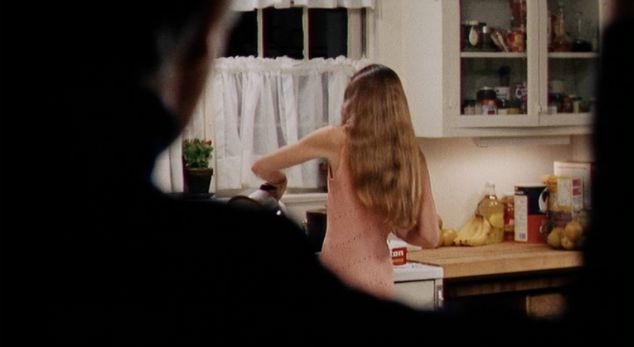
The film is filled with moments that alert the audience to just how incredible crafted, well planned and smart it is. Take the key moment when Johanna meets the head of the men’s club, and the mastermind of her eventual doom, for the first time in her kitchen. Forbes shows him from behind walking into the kitchen and seeing her for the first time. He cleverly positions the camera just behind his shoulder so we can see them both in frame, this alerts the audience that it is not the expected POV shot, which takes away the traditional male oriented gaze. The next shot is a head on of the male character and it is an absolute POV shot from Johanna. This is one of many moments in the film where Forbes cleverly and forcefully reminds the audience that this is a film very much siding and sympathizing with Johanna’s character.

The heart of Forbes film revolves around the friendship that develops between Joanna and Bobbie (played by the always outstanding Paula Prentiss). Hollywood has always had issues in portraying friendship between two women as it typically seems either forced or pandering but the bond that develops between Joanna and Bobbie is extremely resonate and well handled, a fact that gives the final act of the film an even more haunting and added emotional pull.

Along with Ross and Prentiss, who give near career best performances here, the film is filled with a number of notable actors delivering strong performances. As the plotting but emotionally torn Walter Eberhart, Houston born Peter Masterson gives a haunting performance as a man losing his soul while planning to take another's away. Masterson’s young daughter, and future star of films in her own right, Mary Stewart is also very good as Joanna’s lonely and troubled child Kim.
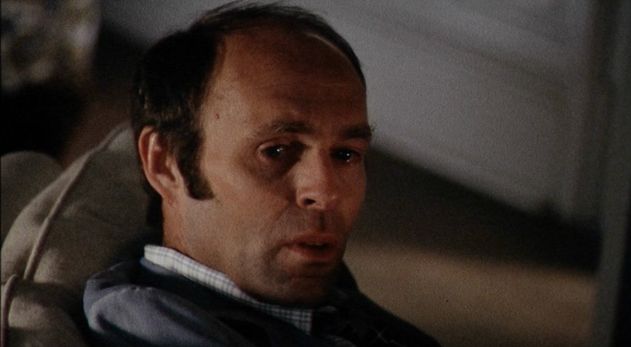
Making the biggest impact among the wives themselves is Tina Louise, seen here about eight years after wrapping up her famed turn as Ginger on Gilligan’s Island. The beautiful Louise is very memorable in the role of the sassy turned stoic Charmaine, as is Carole Mallory as Kit. Making a strong impression among the husbands is Franklin Cover, who would begin his long and much loved turn as Tom Willis on The Jeffersons later in 1975. Future E.T. and The Howling star Dee Wallace appears in a small role as well, as the maid Nettie.
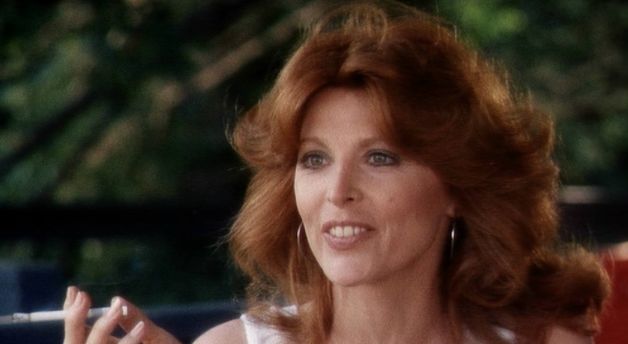
One can’t talk about The Stepford Wives without paying tribute to the incredible score by Michael Small. A haunting and involving weaving of acoustic guitars, electronics and strings, Small’s score ranks among the best that graced any thriller of the seventies and the fact that it has never enjoyed an official release is tragic. Sadly that would be something that would mark much of the late Small’s life, as many of his best scores from Night Moves (1975) to Marathon Man (1979) remain unreleased.
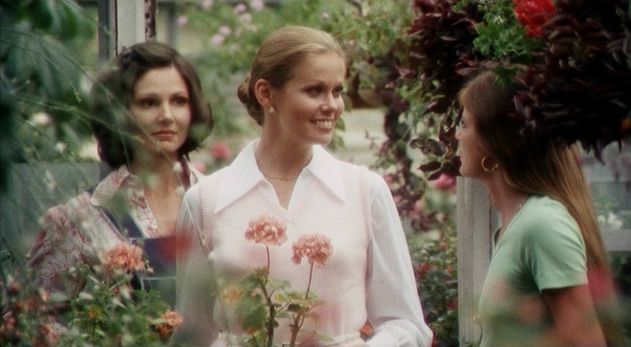
The Stepford Wives is also an incredibly attractive film to watch, thanks to the vivid (Forbes said he wanted to make one of the brightest horror films ever) photography of Oscar Nominated cinematographer Owen Roizman. The set decoration by Oscar winner Robert Drumheller also stands out making The Stepford Wives one the distinctive looking films of the seventies with its influence stretching to Ang Lee’s Connecticut set The Ice Storm (1997) more than two decades later.
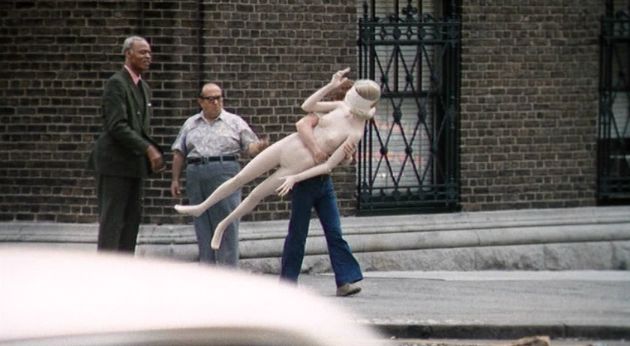
The controversial choice of Forbes as director on The Stepford Wives has been chronicled quite a bit throughout the years and the issues between him and Goldman centers on the casting of Newman in the role of one of the wives, and Forbes' differing viewpoint as to how they should be portrayed. Originally set up to be a group of Playboy like bunnies in Goldman’s screenplay, Forbes pictured a much more sinister and old fashioned suburban housewife as the model for his version of The Stepford Wives. The men in the town wouldn’t be seeking out simple adolescent male fantasies for their diabolical male dominated world but would instead go for wives quite simply fashioned after the first woman in their lives, their mother, making Forbes’ version of Levin’s novel a much more twisted and perverse vision of male arrogance, wish-fulfillment and dominance.

The Stepford Wives is a remarkable film on many levels. It is first and foremost one of the key feministic works of the seventies and people who have labeled it misogynistic are way off the mark. Outside of being told almost entirely from Joanna’s (Katharine Ross) point of view the film presents the men as being coldly arrogant and boring at best. The Stepford Wives is very much a womens’ picture and a chilling reminder at the consequences of foregoing oneself in the service of another. It’s also a remarkably eerie picture in just how much it foreshadowed a society that would eventually switch it’s role models from strong and independent minded women like Jane Fonda and Vanessa Redgrave to Stepford-like children like Paris Hilton and Britney Spears. One need only look at the crushingly bad Frank Oz remake from 2004 to see just how far the individualistic and liberating ideas of Forbes film have fallen in the three decades since its release.

The Stepford Wives was released to theaters in Febuary 1975 to fairly strong box office and mostly positive (with some major hold-outs) reviews. It would play throughout Europe in the seventies where it would find quite a bit of success as well. It was a television fixture in the States throughout the late seventies and early eighties but strangely didn’t have a home video release until the mid nineties when Anchor Bay released it on VHS and Laserdisc. It is currently available on DVD with a nice widescreen transfer and a solid if short fifteen minute making of documentary featuring interviews with most of the main players. The film and Levin’s original book have both entered into our public consciousness and they inspired three made for TV sequels of diminishing returns (Revenge of The Stepford Wives (1980), The Stepford Children (1987) and The Stepford Husbands (1996).

Frank Oz brought his atrocious comedic remake to screens in 2004, a film that managed to waste the considerable talents of Nicole Kidman and Bette Midler and made a mockery of both Levin’s original novel and Forbes vastly superior film.
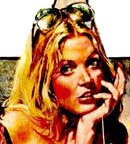

1 comment:
Great write-up. This is a wonderful film. It's got a fantastic cast, it's beautiful to look at, I dig the music, and so much more. I despise that awful remake. What a waste. This is definitely an awesome classic from the 70's.
Post a Comment